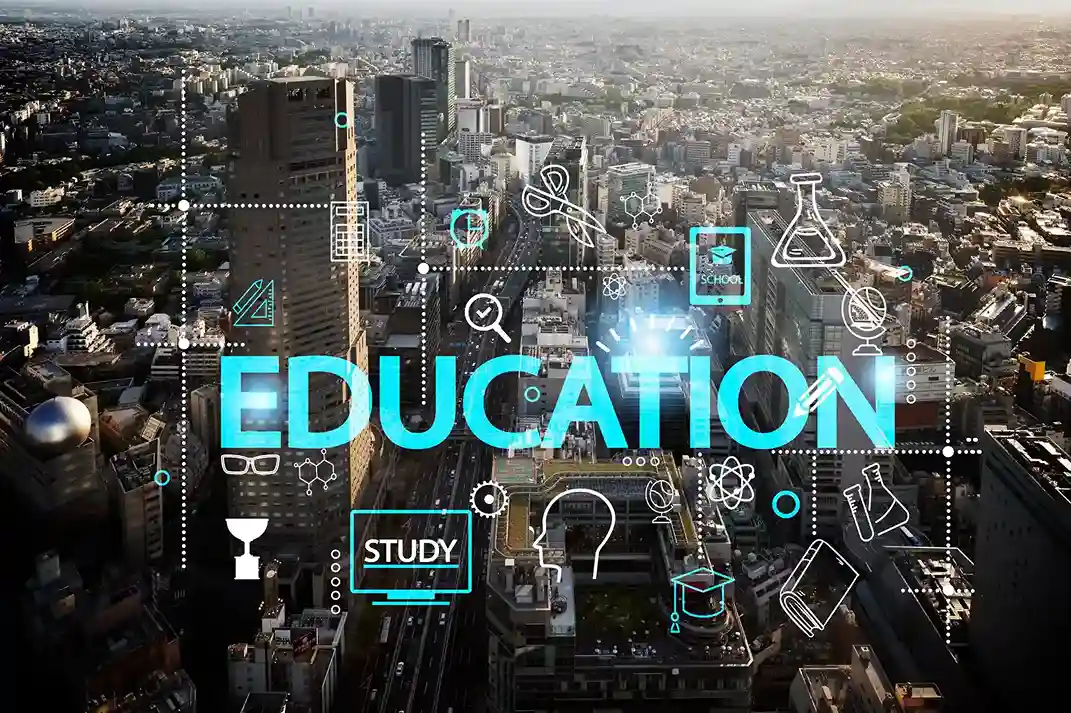Introduction
Generally, while exploring distance education, it’s necessary to understand the different types of distance education. In a fast-paced world, everyone dreams of having an education that fits seamlessly into their busy schedule, no matter how busy their life is. Yes, you can fulfill this dream! Overall, that’s the power of distance learning. It’s flexible, convenient, and designed to work around you.
However, more and more students prefer online and distance learning nowadays. For instance, during the pandemic, enrollment for online learning was at its peak. As a result, many academic institutions and universities have allowed learning remotely.
Before choosing any online course, it’s necessary to understand this approach. But wait. Do you know there are different types of distance education? Each one is customized to suit different lifestyles and goals.
Want to know which learning styles will match your lifestyle? Let’s dive deep into the different types of distance education, restructuring how the world learns.
The following are the different types of distance education:
- Online Learning
- Correspondence Education
- Broadcast Learning
- E-learning through Apps and Software
- Hybrid Learning
- Teleconferencing
- CD/DVD or USB-based learning
- Virtual and Augmented Reality Learning
Online Learning-
Specifically, this type of distance education heavily depends on the Internet for content delivery, interaction, and assessments. Moreover, it includes video lectures, discussion forums, and virtual labs.
Suitable for: Tech-savvy students & professionals looking for flexible, digital-first education.
Example: University online degree programs, MOOC
Correspondence Education-
Additionally, in this traditional distance education form, all study materials, assignments, and resources are sent by mail or courier. Afterward, students complete the coursework and return completed assignments by mail or courier.
Best For: Students from remote areas facing the issue of internet access.
For instance- paper-based courses from universities like YCMOU, where students attend exams at the center.
Broadcast Learning-
This learning type leverages mass communication channels such as radio and television to deliver educational content. Crucially, students access pre-recorded lectures or programs to learn the key concepts. As a result, they may enhance their learning by using study guides or completing assessments, leading to well-rounded educational experiences.
Ideal For: students in underdeveloped areas without internet access.
Example: Educational programs on TV or radio
E-learning through Apps and Software-
Typically, you will receive learning material and resources delivered right on the device. Unlike conventional formats, this type of learning utilizes mobile and web-based technologies to empower students to study according to their preferred schedules.
Mobile App: Interactive learning apps like Unacademy, Duolingo, Coursera
Software: Web-based tools like Microsoft Teams, Google Classroom, Zoom
Who Can Benefit The Most:
-
More importantly, students want to enhance their curriculum knowledge with extra resources.
-
Also, working professionals are looking to boost their careers with certifications or additional skills.
-
Instructors can use these apps for lesson planning, delivering lectures, or assigning tasks.
Hybrid Or Blended Learning-
Furthermore, this type of distance learning combines online learning with live interactions. Therefore, you will get the best of both worlds: the flexibility of learning at your own pace and the advantage of live interaction.
Ideal For: Students who want flexibility while engaging in practical, hands-on activities.
For example, University programs requiring lab work, field studies, or internships.
Distance Learning Through Teleconferencing-
Subsequently, in this learning format, video, and audio conferencing technologies connect the instructor and learners in real-time. Hence, this technology offers live interaction similar to a traditional classroom but in a virtual environment.
Best for: Learners who prioritize live engagement and love the structured schedule.
For example, Microsoft Teams can deliver online classes and corporate training.
CD/DVD or USB-based learning-
Specifically in regions with limited internet access, universities or institutions provide educational content via physical media like USB drives, CDs, or DVDs. Consequently, students use these resources offline to learn and grasp the concept effectively.
Suitable For: Learners who live in a locality with poor internet infrastructure.
Example: Offline courses with videos, animation, and interactive elements.
Virtual & Augmented Reality Learning-
Undoubtedly, this is an advanced and involving way to get an education remotely. Surprisingly, this technology creates realistic scenarios and interactive environments for learning, making complex concepts easy to understand and remember. Crucially, you can gain hands-on skills through this method even when you are not physically present.
Great for:- Practical sectors like healthcare, engineering, and architecture.
Example: Virtual surgery training.
Final Thought-
Being well-versed in the various types of distance education can empower you to select the perfect format that aligns with your lifestyle and goals. Whether interested in real-time interaction or prioritizing self-paced study, distance learning makes quality education more accessible than ever.
So, start exploring your options today and begin the journey for flexible and future-focused learning.








